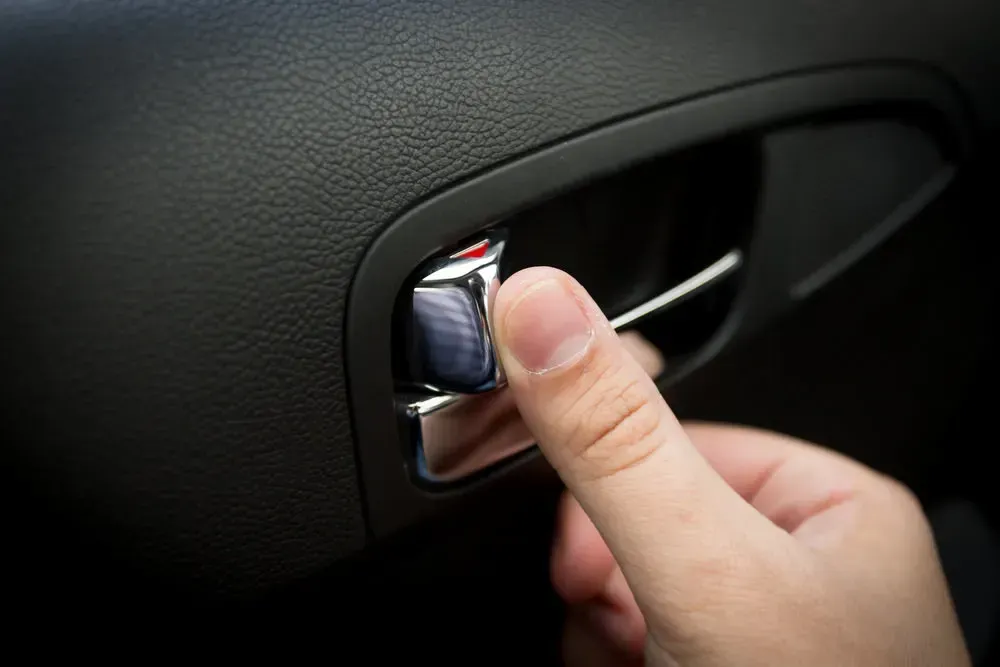Why Your Car Door Won't Lock or Unlock
Ever found yourself standing by your car, keys in hand, only to realize the door won't lock or unlock? It's frustrating, right? Your car's security is crucial, and when those door locks act up, it can leave you feeling uneasy. But fear not, we've got your back. Whether it's a dead key fob battery, a stubborn fuse, or something more complex like a malfunctioning solenoid, understanding these issues is the first step to resolving them. In this guide, we'll walk you through common reasons why your car door might refuse to lock or unlock, empowering you to tackle these challenges head-on. So, let's unravel the mysteries behind your car's stubborn locks and get you back on the road with confidence. Ready? Let's dive in and troubleshoot together.
Reach out to Brother's Locksmith for all car lock and key related services!
Key Fob Battery Dead
When your car door won't lock or unlock, a common culprit is a dead key fob battery. The key fob, powered by a small battery, sends signals to your car's locking mechanism. When this battery runs out, the key fob loses its ability to communicate effectively with the car, resulting in malfunctioning locks. Fortunately, replacing the key fob battery is a straightforward fix that can restore normal operation. Let's explore how to diagnose and replace your key fob battery to regain control over your car's security.
Blown Fuse
If your car door won't lock or unlock, a likely cause could be a blown fuse. The fuse responsible for controlling the door locks may have blown due to various reasons such as electrical surges or a short circuit. When this happens, the door lock mechanism loses power, preventing it from functioning properly. Identifying and replacing a blown fuse is essential to restoring your car's door lock operation. Let's delve into how to diagnose a blown fuse and replace it to get your car's locks back in working order.
Key Fob Malfunction
When your car door refuses to lock or unlock, a malfunctioning key fob could be to blame. The key fob, essential for remote operation of your car's locks, can malfunction due to various reasons such as water damage, wear and tear, or internal electronic issues. When the key fob malfunctions, it fails to send the correct signals to the car's locking system, leading to operational issues. Diagnosing and addressing key fob problems promptly is crucial to restoring convenience and security. Let's explore how to troubleshoot and resolve key fob malfunctions effectively.

Solenoid Malfunction
If your car door is having trouble locking or unlocking, a solenoid malfunction could be the culprit. Solenoids are essential components in the locking mechanism that engage and disengage the locks when you operate them electronically or manually. When a solenoid malfunctions, it can prevent the lock from functioning properly, causing issues such as doors not responding to key fob commands or sticking in a locked or unlocked position. Addressing solenoid issues promptly is crucial for maintaining your vehicle's security and convenience. Let's explore how solenoid malfunctions can occur and the steps to diagnose and resolve these issues effectively.
Rod or Connector Broken
If your car door won't lock or unlock, a broken rod or connector within the locking mechanism may be the issue. These rods and connectors are crucial for translating the motion of your key fob or manual key into the actual locking or unlocking action of the door. When a rod or connector breaks, it disrupts this process, leading to dysfunctional locks that may remain stuck or fail to respond. Identifying and replacing broken rods or connectors is essential to restore smooth operation and ensure your vehicle's security. Let's explore how to diagnose and address these issues effectively.
Electrical Problems
When your car door won't lock or unlock, electrical problems can often be the root cause. These issues can stem from various sources such as wiring faults, control module malfunctions, or issues with the power supply to the door locks. Electrical problems can manifest as intermittent lock operation, failure to respond to key fob commands, or erratic behavior of the locking mechanism.
Conclusion:
In conclusion, dealing with a car door that won't lock or unlock can be frustrating and concerning, but understanding the potential causes is the first step towards finding a solution. Whether it's a simple fix like replacing a key fob battery or a more complex issue like a solenoid malfunction or electrical problem, prompt diagnosis and repair are essential to restoring your vehicle's security and convenience.
By following the troubleshooting steps outlined in this guide—whether it's checking the key fob, inspecting fuses, examining solenoids, or addressing electrical issues—you can regain control over your car's door locks. Remember, regular maintenance and timely repairs not only ensure smooth operation but also enhance the overall safety of your vehicle.
Call Us Any Time!






